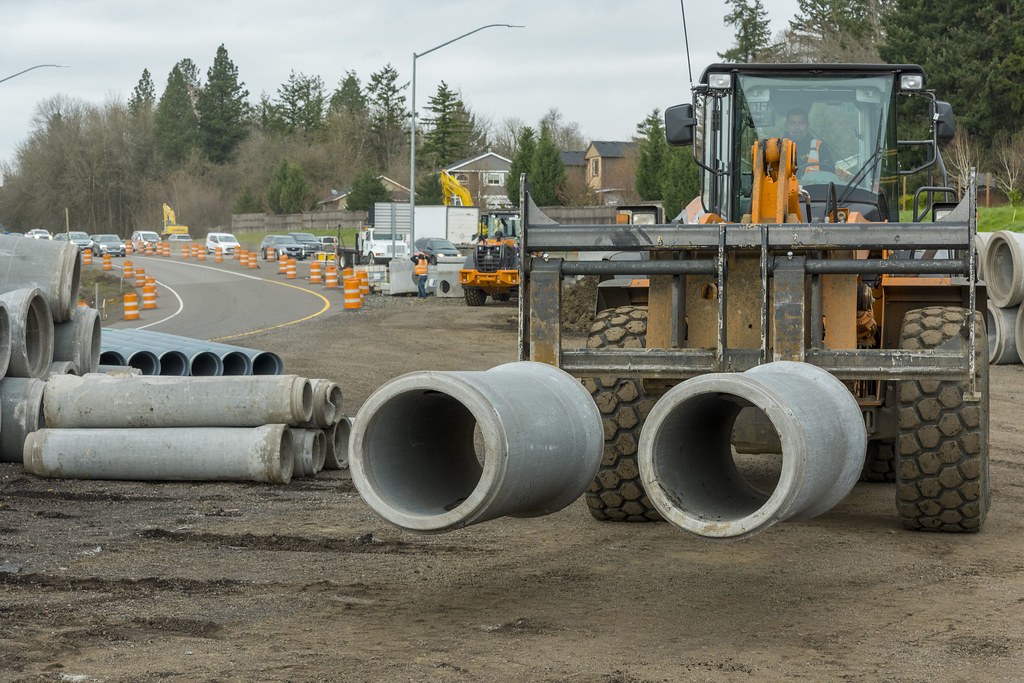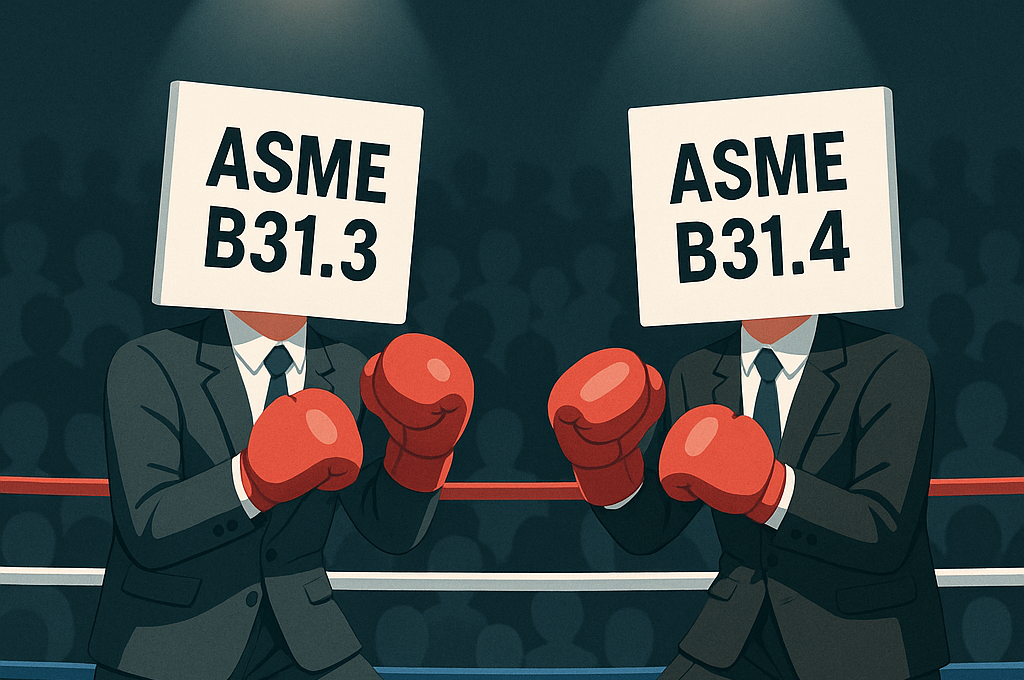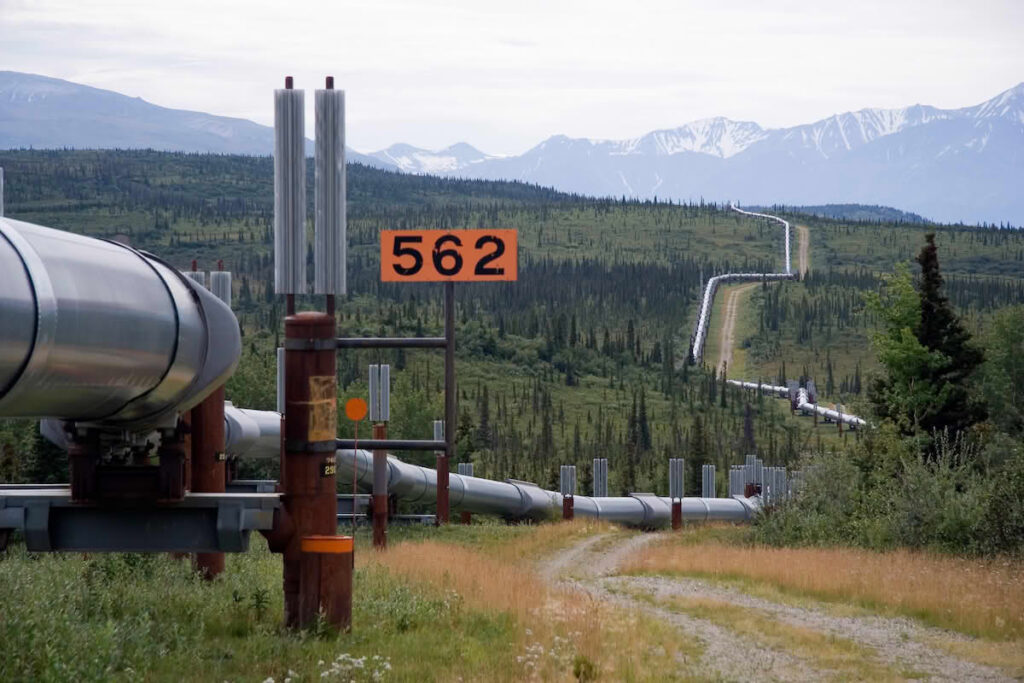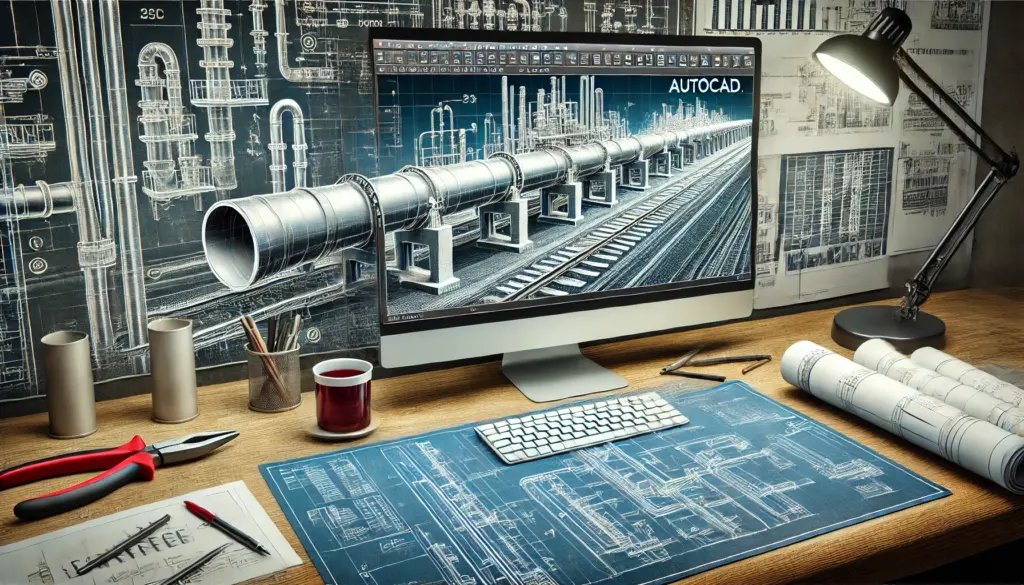After studying pipeline buoyancy and the pipeline shows tendency to float, appropriate mitigation must be taken. The goal is to increase the downward force acting upon the pipeline to counter the buoyancy force. The chosen mitigation approach shall be studied based on cost implication, installation feasibility, transportation of required materials and other critical criteria’s must be considered.
Wall Thickness Increase:
An easy wat to tackle buoyancy is to increase the pipe’s wall thickness. The chosen wall thickness shall be based on the designated safety factor. The associated costs must be analyzed in comparison with other mitigation options.
Burial Depth Increase:
Increasing the depth of cover is another approach to counter buoyancy by increasing the weight of the soil above the pipeline, which increases the downward load. However, in swampy terrains with a water rich profile, special considerations must be given to the stability of the trench wall. This is because increasing the depth of cover leads to instability in the trench width. Higher density backfill soil must be used as well to achieve the designated safety requirements.
Continuous Concrete Coating:
Concrete coating is commonly used to prevent pipeline flotation. For onshore pipelines, it can be applied on-site or off-site. However, for large-diameter pipelines, on-site coating is preferred due to the weight of the concrete-coated pipe. To prevent concrete from falling off the pipe, reinforcement materials like polypropylene ropes or wire mesh are embedded in the coating. High-density concrete is ideal because it requires less thickness to counter buoyancy. Additionally, large-diameter pipelines may use thicker concrete coating by adding denser materials like iron ore.
Concrete Collars:
- Precast concrete weights that can be molded into various shapes based on project requirements.
- Each collar’s weight is predetermined and contributes to the downward force used to estimate the anti-buoyancy factor of safety.
- Positioning along the pipeline longitudinally is crucial to prevent sag bend or over bend between successive collars.
- Most suitable for swampy locations or areas with minimal water depth.
- Limitations:
- Cast in two pieces and bolted together, making on-site installation challenging, especially in swampy terrain.
- For river crossings, preinstallation before towing the pipeline is more difficult than installing continuous concrete-coated pipes.
In locations with high soil erosion or scouring, exposed collars may subject the pipeline to additional external load.
Saddlebags:
- Designed for swampy terrains.
- Factory-made bags that carry a maximum designated weight of sand.
- On-site filling with predetermined soil of known density.
- Installed in pairs on either side of the pipeline.
- Buoyancy analysis specifies maximum spacing between consecutive saddlebags.
- Weight of saddlebags (within a specified length) added to pipe weight and external corrosion coating.
- Sand density in saddlebags should be significantly higher than surrounding liquid medium.
Anchors:
- Factory-made specialized installations designed to resist the mean buoyancy force acting on pipelines.
- Suitable for easily accessible locations.
- Utilize soil strength to counter buoyancy.
- Greater soil strength allows for higher resistance to buoyancy.
- Commonly used in liquefiable soil or flood plains.
- Driven into soil below liquefiable layers.
- Detailed survey and soil analysis determine anchor depth.
- Installed in pairs on either side of the pipeline.
- Engineer specifies mean design load for anchors, straps, and soil data for manufacturing.
To prevent preferential expansion in one direction, anchors should be provided to ensure that expansion loop absorbs only the thrust for which it has been designed. Anchors should be installed midway between successive expansion loops, and in such other locations as may be required to prevent pipe movement. It is important to locate the anchors in the correct place as tremendous stresses could be set up in a flowline of one in four supports should be equipped with pipe guides to prevent large lateral movement of the pipe and to channel expansion into expansion loops.





